I used this method to fill in the missing values in a certain range of a column. It gives me no error but does not actually replace the missing values. Something might be wrong with the logic of the code. I had the same number of NaNs before replacing.
 :
:
Lan = data["Group"].loc[57:70]
Lan.replace(np.nan, "Lan", inplace=True)
Act = data["Group"].loc[89:102]
Act.replace(np.nan, "Act", inplace=True)
data["Group"].isna().sum() # 28